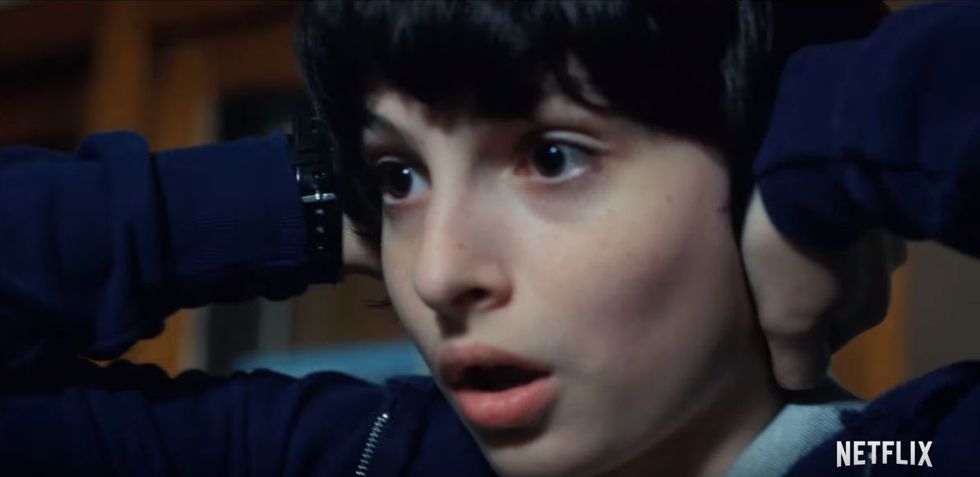Netflix has been on fire recently. Netflix Originals have multiplied, not unlike a tumor, to dominate the service's library and make a new name for Netflix as a film/TV studio beyond its other shows. From cultural phenomena like "Stranger Things" and "Bird Box" to critical darlings like "Roma," Netflix has truly gone all in by investing in so many films and shows, and it certainly looks like it's paid off, nice and simple. Only Netflix's business model, put nicely and simply, is not profitable, nor is it meant to be.
As of September 2018, Netflix reported it had $8.34 billion in long-term debt, a more than 70 percent increase from the previous year. That data confirms Netflix is intentionally investing more than it can currently afford in creating content to increase its subscriber base. Unlike Hulu or cable television, Netflix doesn't run ads, meaning it can only rely on these subscribers to eventually make up for the company's investments.
Therein lies a concerning problem with the business model Netflix is growing comfortable with. Firstly, subscriptions can be and are frequently bypassed by users sharing Netflix passwords with their friends. Secondly, the model hinges on how long Netflix can continue gaining subscribers to pay back the money it's spent on content thus far. There doesn't seem to be a backup plan for the real possibility of a shaky future for Netflix. Sure, the popularity of Netflix content is an undeniable reality today, but that success won't remain unthreatened for much longer.
Essentially, new competition is following in Netflix's footsteps, and they're definitely prepared to do it a lot better. DC Comics and Hulu have already launched with respectable subscriber counts. Disney's entering the industry of streaming with much stronger brand recognition, and Amazon and Apple are both ready to join the rat race as well.
In particular, Disney's family-friendly streaming service "Disney+" is launching late this year (Disney titles are probably leaving Netflix, so cherish them while you can!) while Amazon Prime Video is starting to invest more in its original content, likely to drive more new subscribers to the service. Both Disney and Amazon are financial juggernauts with plenty of money to spend, and more importantly, they have more ways to get it.
For companies the size of Amazon (and Apple, who announced plans for a streaming service last year), running a streaming service could even function as a kind of loss leader. A loss leader is basically a product sold at a loss to attract customers. Picture Amazon promoting its streaming content as a way to attract more people to sign up for Amazon Prime. In addition, Apple has the distinct ability to create a streaming service only accessible on iPhones or the Apple TV, making their plans for streaming and content creation just another incentive to promote Apple devices.
Netflix will have to seriously recalculate its long-term plan if it wants to stay in the race after another few years. In that time, we're likely to see Netflix continue to up its subscription cost or try to refocus on another revenue stream like merchandising to stay stable amidst the industry shake-ups.
Netflix has undoubtedly revolutionized the way we consume entertainment, and in doing so, it's given funding and creative freedom to countless producers and auteurs. Since its transition to original content creation, it's created many niche TV shows and spawned several globally recognized franchises. There is no question in my mind that Netflix's legacy will remain in the hearts of millennials and post-millennials around the world as the OG supporter of our binge-watching addictions.
Or maybe it's time to move on. Netflix may be dying, but only if companies like Disney, Amazon and Apple can do it better than Netflix ever did. In that very plausible scenario, consumers like you and me will have no reason to dwell in the past anyway.
Regardless of the future, the current reality is that Netflix has been on fire recently, with its future burning up in the process.






















